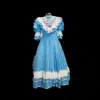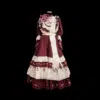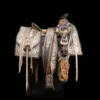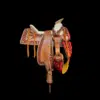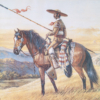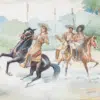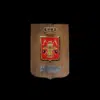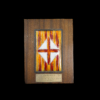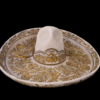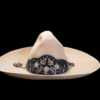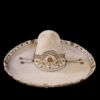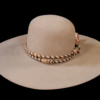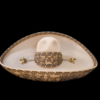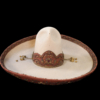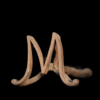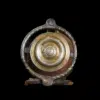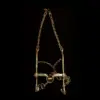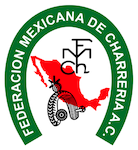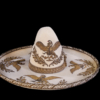CHINACO PANTS 17TH CENTURY
Among the museum's historical treasures, a unique jewel stands out: a small pair of pants from the late 17th and early 18th centuries. This pair of pants, in banded style, is distinguished by the meticulous embroidery made with thousands of tiny rings, a technique that in its time was predominantly executed by the skilled hands of the nuns.
What distinguishes this pants, characteristic of the 17th and 18th centuries, is the presence of a bee on the front. This symbolic element, masterfully embroidered, stands out as a distinctive feature of the period in which it was conceived. This bee, emblem of industriousness and teamwork, adorns the garment with elegance and meaning.
The pants are uniquely tailored. From the top of the hip to the bottom, a drawstring is used for an exceptional aesthetic finish. Further down, small silver buttons add a touch of sophistication and functionality to the garment. This ringed style and the thunderbolts evidence its origin as a Chinaco trouser, a piece that harks back to an era of distinction and bravery.
The choice of material, deer suede, gives these pants an unsurpassed quality and nobility. The softness and durability of this fabric, in addition to its distinctive character, underscores the importance and meticulousness that went into the creation of this unique garment.
This small banded trouser, with its exquisite embroidery and distinctive details, offers a window into an era of master craftsmanship and elegance. It is a true jewel in the museum's collection, a tangible testimony to the rich history and traditions that shape the charrería.
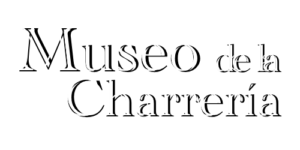





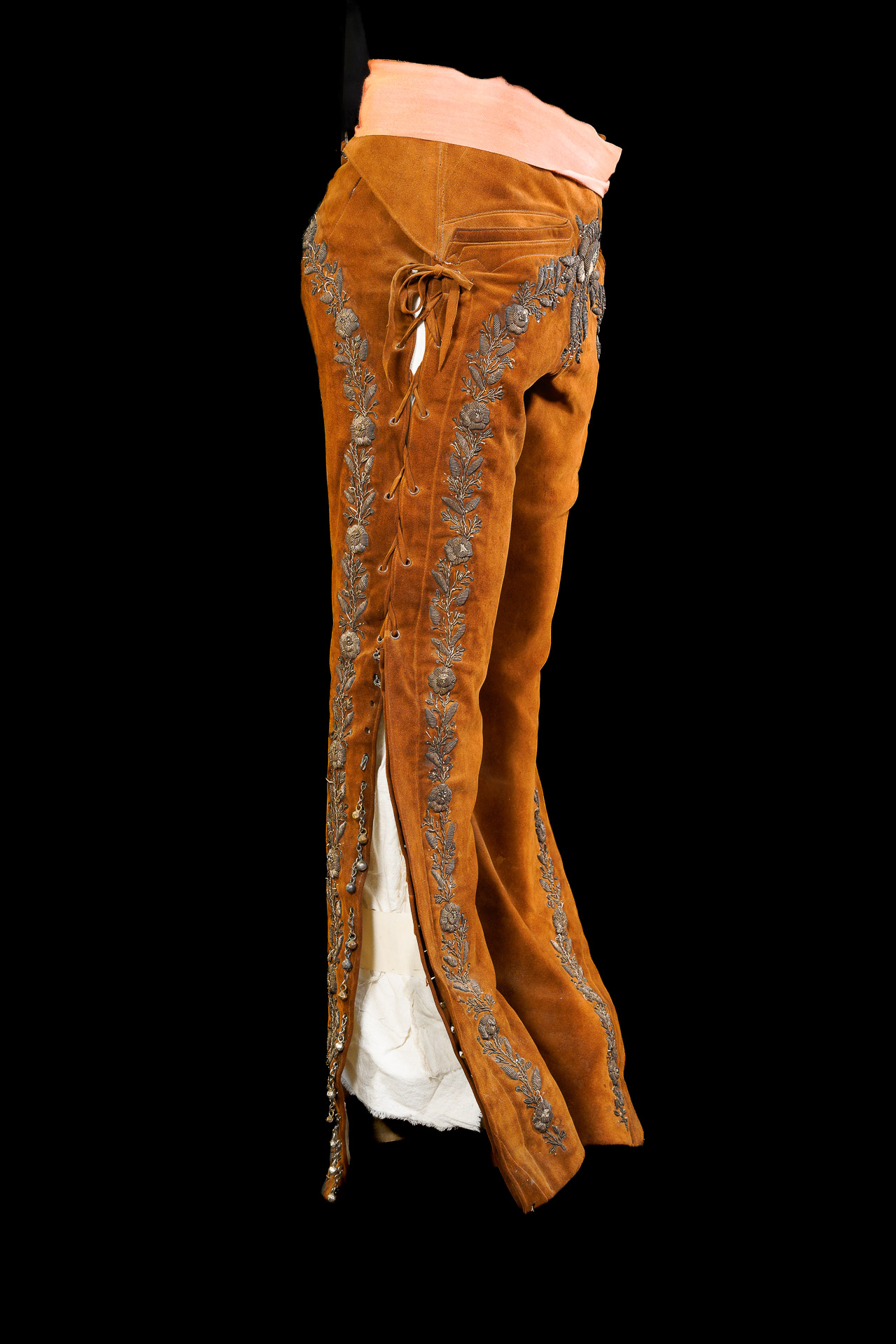
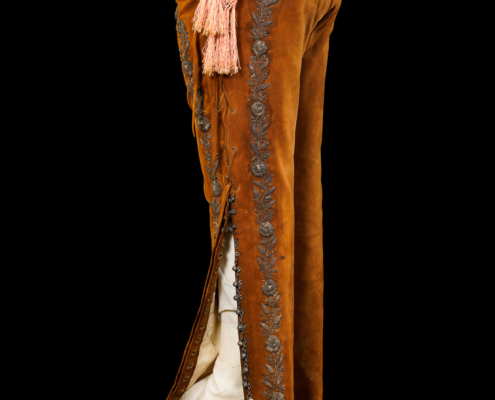

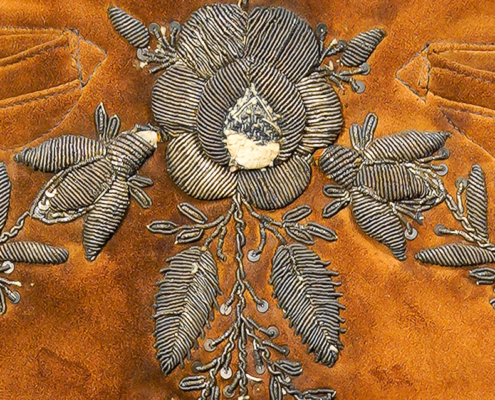

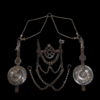
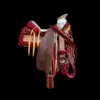
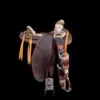
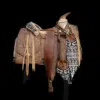
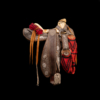
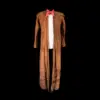

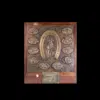
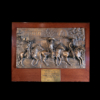
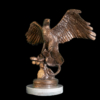
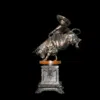

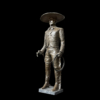
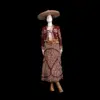
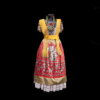
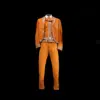
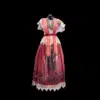 Antonio Gegundez
Antonio Gegundez